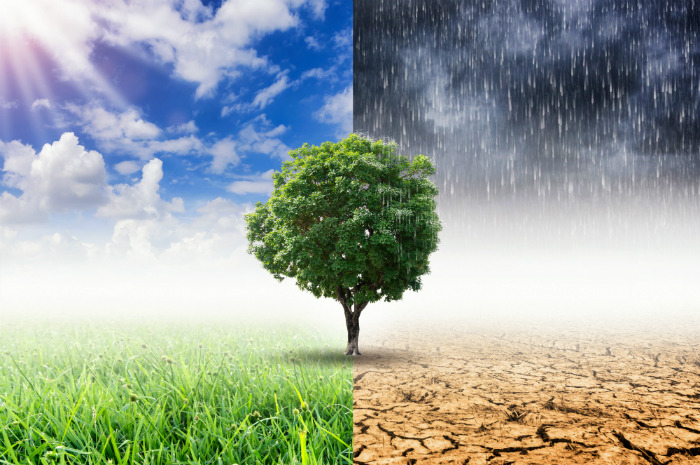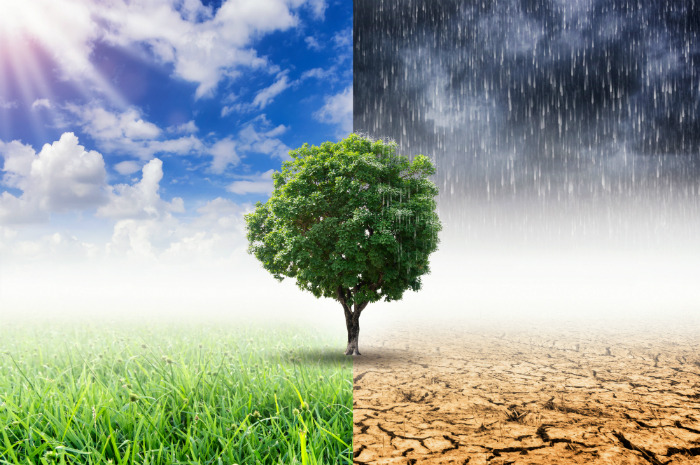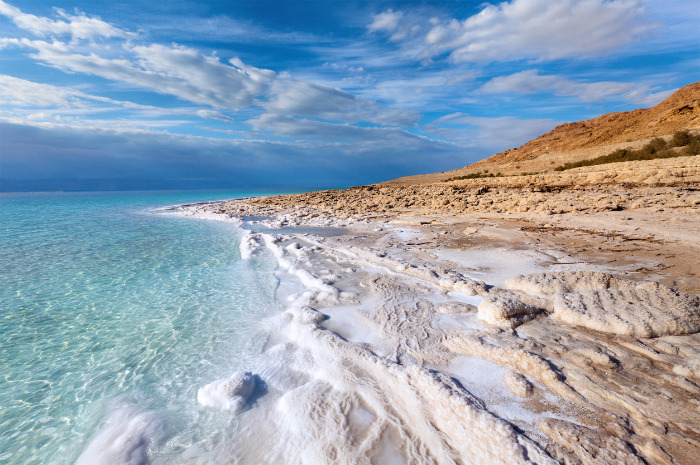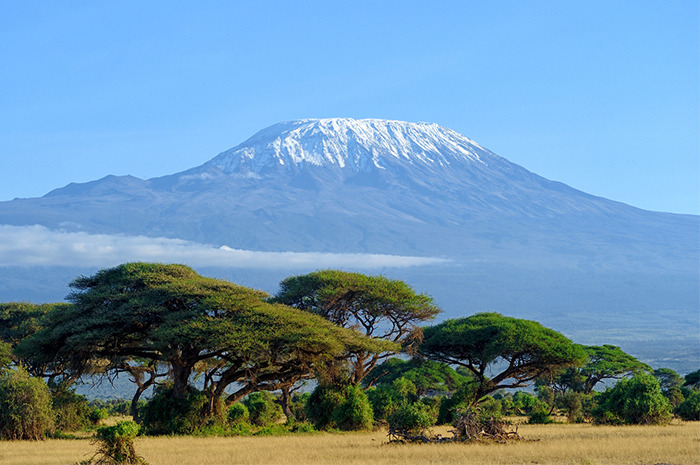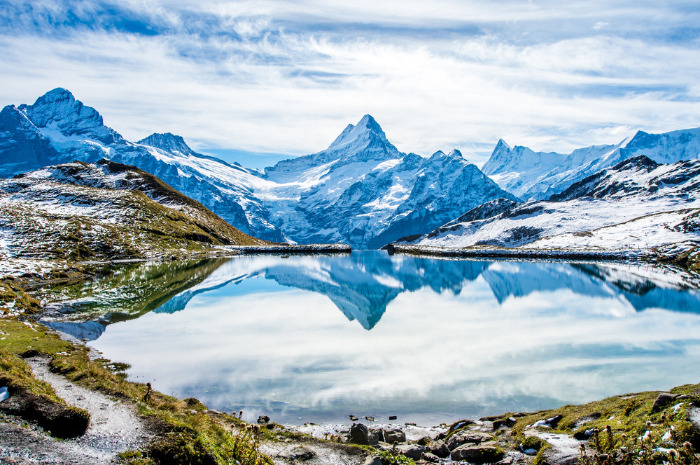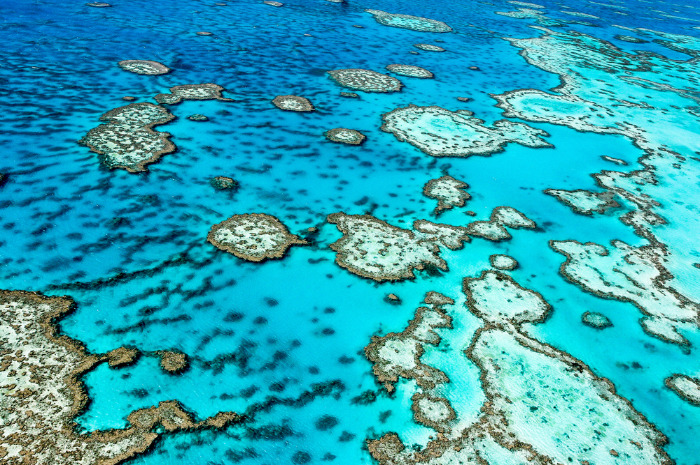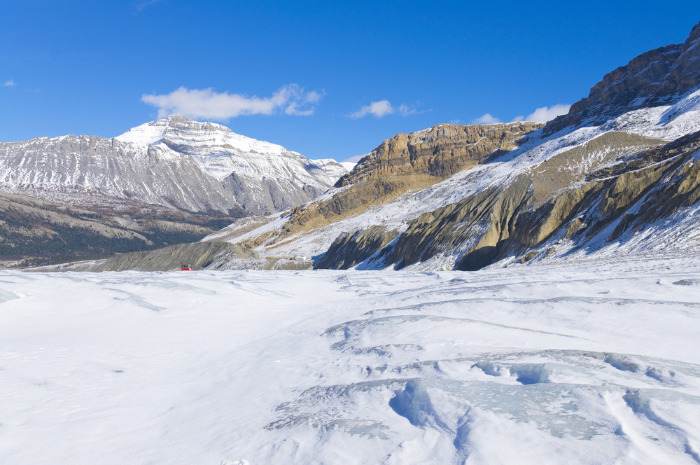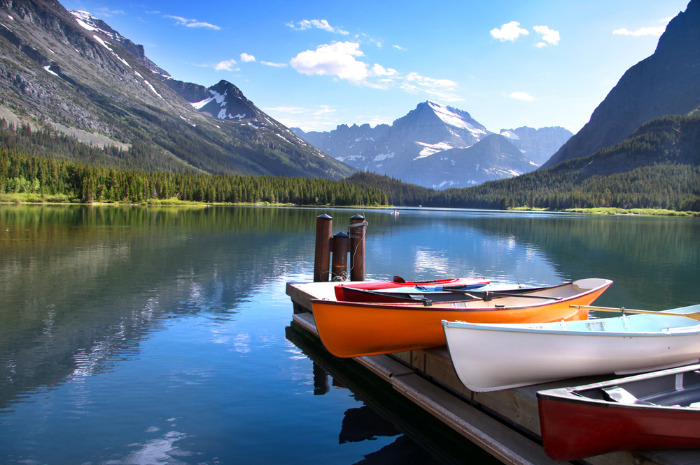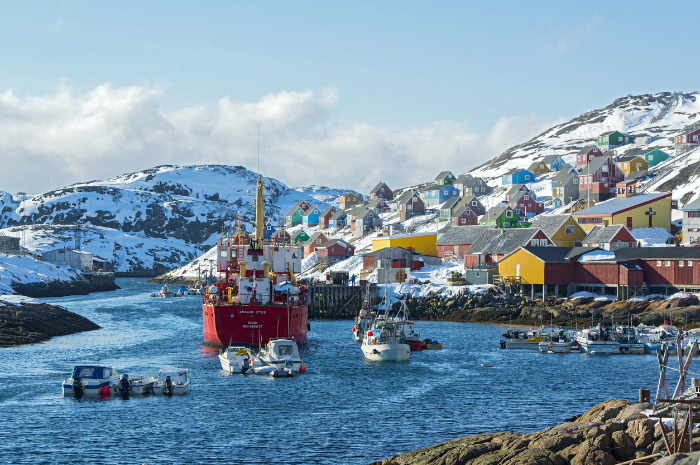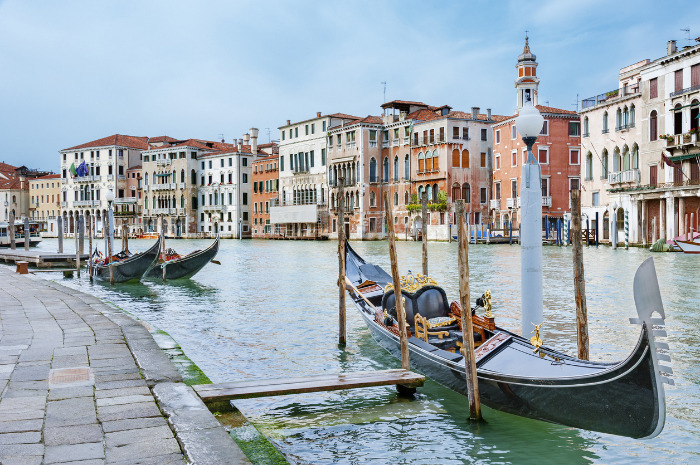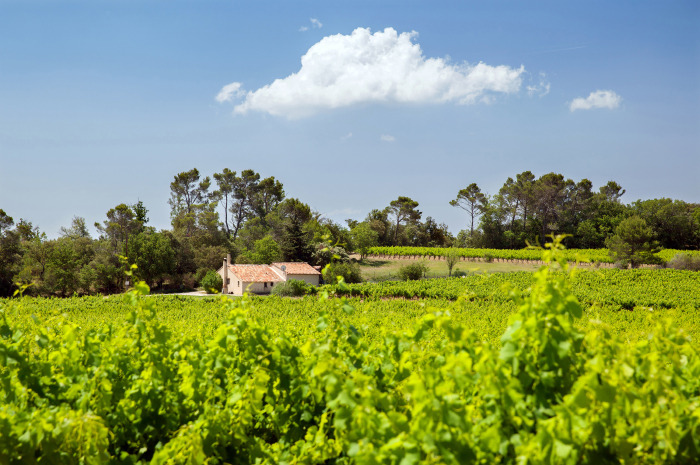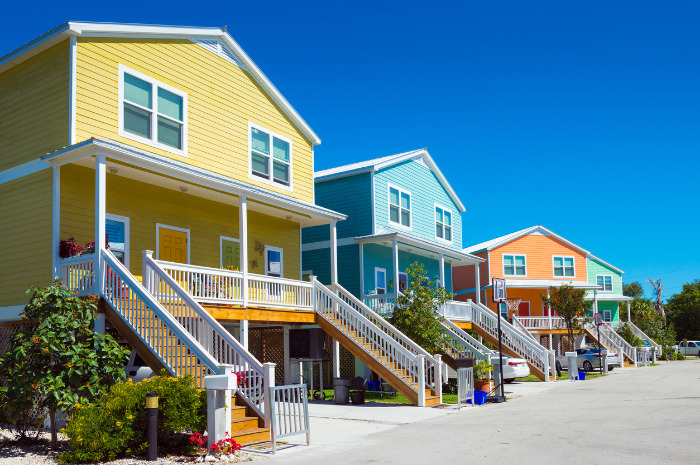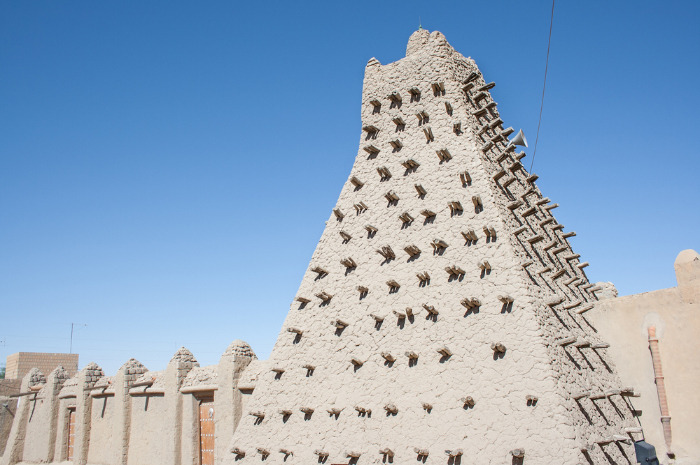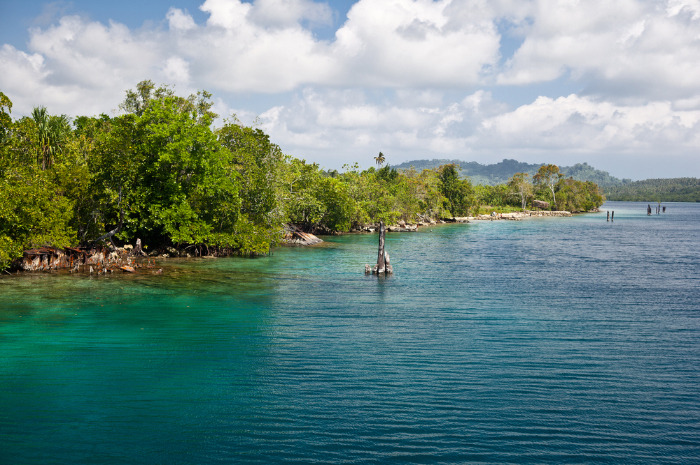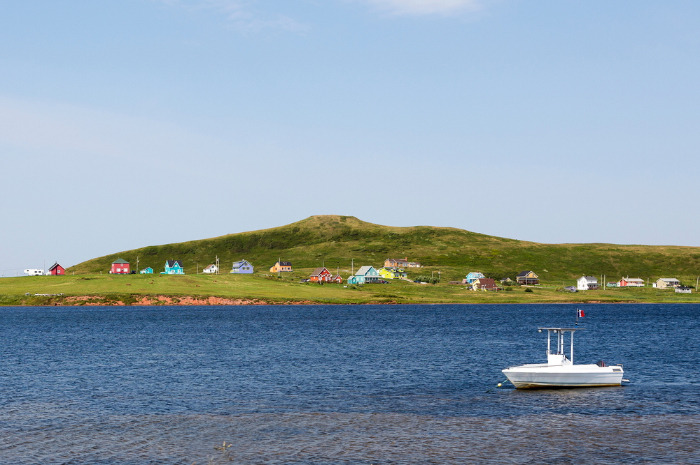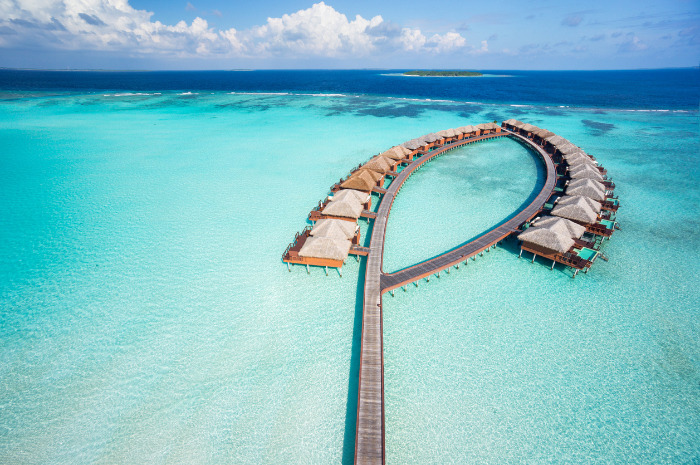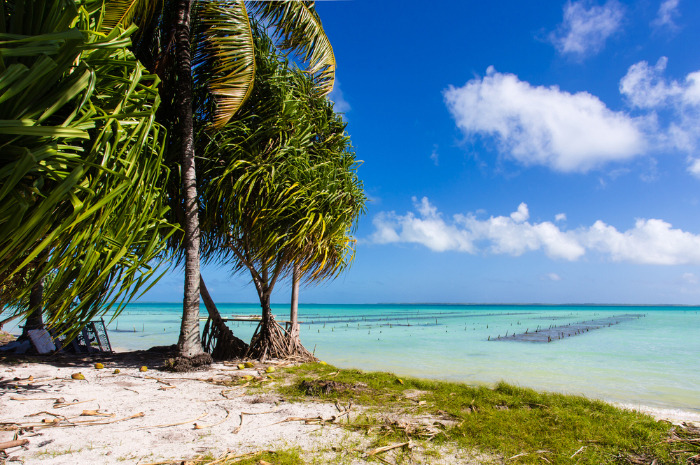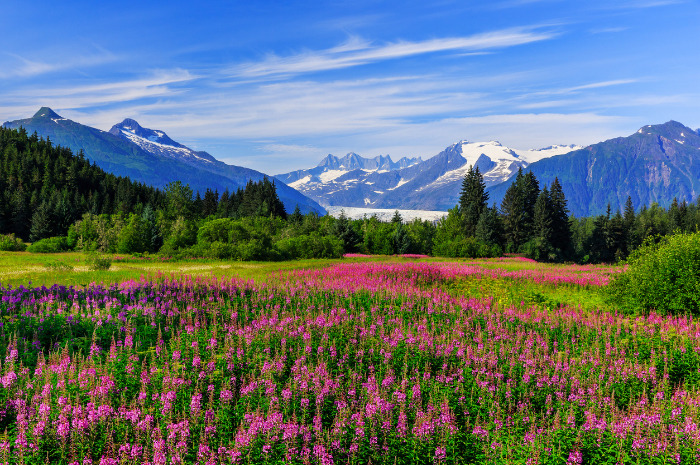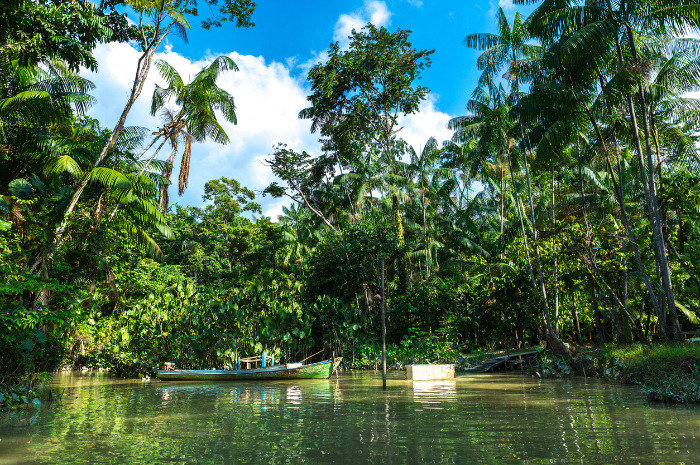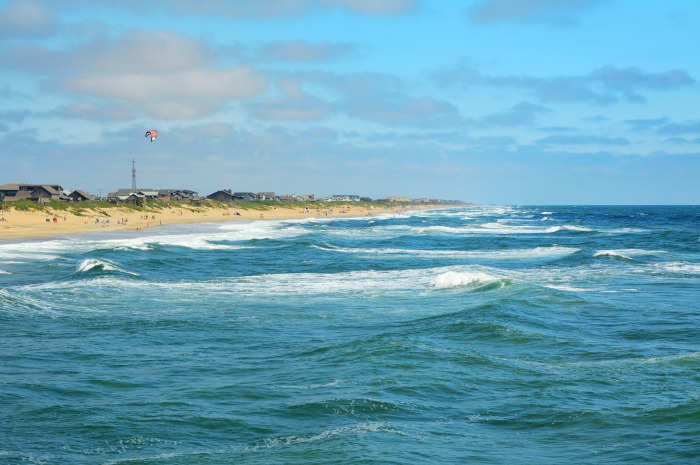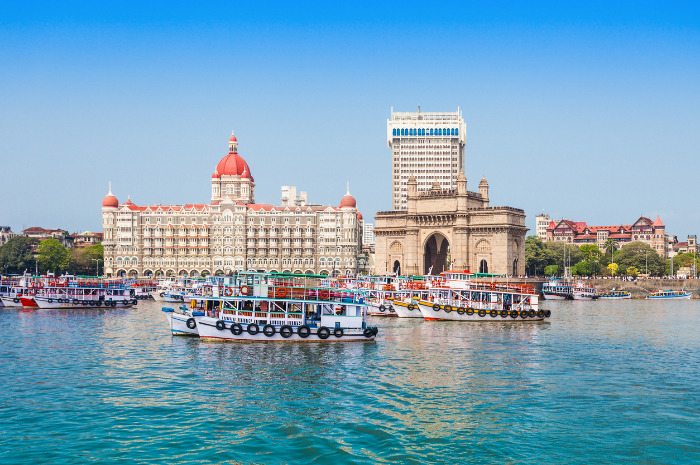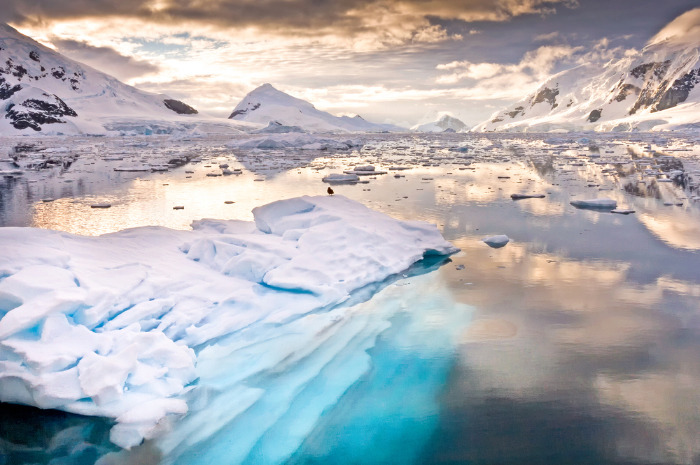20 Places To Visit Before They're Lost To Climate Change
20 Places to Visit Before They’re Lost to Climate Change
Whether you blame global warming on people or not, the irrefutable truth is that rising sea levels, air pollution, and deforestation are causing permanent damage. What you know the world to be and look like may be completely different than what your grandchildren and their kids will see.
The Dead Sea
The Dead Sea is famous for a salinity that makes swimmers especially buoyant. You should go on a trip there while you still can, because it is on the verge of extinction. The sea that is said to have healing properties has been losing more than three feet per year, because bordering countries are taking water from the River Jordan, which is the Dead Sea's only major water source. The sea has lost a third of its water already and there is no solution in sight.
Mount Kilimanjaro, Tanzania
Kilimanjaro's renowned northern glaciers are shrinking and could be gone by 2030, according to researchers. The entire ice field, which holds most of Kilimanjaro's remaining glacial ice, lost more than 140 million cubic feet of ice in the past 13 years. The ice sheet that capped Kilimanjaro in 2007 was 85 percent smaller than the one that covered its plateau in 1912.
The Alps
The iconic European Alps are beloved by snow sports enthusiasts, but climate change is bringing challenges for the mountain range. Alpine glaciers are retreating and temperatures are increasing at an alarming rate, according to the European Environment Agency. The Alps are at a lower altitude than many other mountains which is why these changes are so worrying.
The Great Barrier Reef, Australia
The Great Barrier Reef is Australia's natural wonder. It is larger than the Great Wall of China and the only living thing on earth visible from space. It is set off Australia's east coast and sprawls out over 133,000 square miles. The lavishness of the reef's marine life is being hurt by climate change, according to the WorldWildlife.org. Sediment and nutrient and pesticide pollution have increased. Urban and industrial developments continue, and illegal fishing is hurting the ecosystem. By some estimates the reef could be irreparably changed in the next 20 years.
Athabasca Glacier, Alberta, Canada
This is perhaps the most visited glacier in Canada, and you should go before it's too late – experts say it's losing more than 16 feet of ice every year and is in danger of completely disappearing within a generation. Even with extensive snow years, the summers are warm enough and the fall is long enough for so much snow to melt.
Glacier National Park, Montana
This is one of the most visited national parks in the U.S. Many people try to get the last look at the receding glaciers. The park that was shaped by once-giant glaciers is really showing the effects of climate change, according to the Northern Rocky Mountain Science Center (NOROCK). The park that was once home to roughly 150 glaciers is now down to just 25, and some scientific estimates say it could lose all of its large glaciers by 2030, if not sooner.
Greenland
Greenland's melting ice sheet is one of the largest contributors to sea level rise around the globe, and the country experienced its highest average summer temperature on record and an early melt last year. You can see calving glaciers, giant icebergs, and Arctic landscapes accompanied by geologist and glaciologist Sarah Aciego and professional photographer Mindy Cambiar with Big Chill Adventures.
Venice, Italy
As the city of canals, gondolas and hundreds of bridges, Venice, one of the most beautiful places on the planet, is known for its waterways. But, as it turns out, the water could be exactly what is ruining the historic and one of the most romantic cities in the world. Venice has been sinking for centuries, but some evidence suggests the process is speeding up — possibly even sinking five times as fast as previously thought.
The Rhone Valley, France
This is one of the most renowned wine regions on the planet but it, too, is becoming a victim of global warming. Producing wine requires specific weather conditions. As temperatures rise, the environment becomes hostile for grapevines. Some winemakers say that production will shrink and they may have to move farther north where it's colder.
Key West, Florida
The charming sunny paradise and southernmost city in the country is so popular and populated that people sometimes forget it's in danger. Scientists say that since most of the islands are less than six feet above the current sea level, a five-foot water rise in the Keys would erase 68 percent of property value in the area. Flooding has already become a regular problem in parts of the city.
Mosques of Timbuktu, Mali
Although continuously restored, the monuments are under threat from desertification, according to UNESCO. Urban development pressures, associated with the lack of maintenance and flooding, resulting from the heavy rains, threaten to destroy them.
Solomon Islands
Research published last year showed that rising sea levels have resulted in the disappearance of five of the Solomon Islands, while erosion on others has forced the relocation of beautiful villages. Visit secluded bays and remote beaches, snorkel coral reefs and meet villagers in the Solomons and other nearby archipelagos while on a cruise with Adventure Life.
Magdalen Islands, Quebec, Canada
Get a feel of the Caribbean in Canada while you still can. Explore the sandy beaches and sandstone cliffs when the weather is nice. That isn't always the case. Strong winds are a problem. The island is said to erode about 40 inches a year. The ice that protects the island and stops the worst of that bad weather is melting.
The Maldives
The Maldives is the lowest-lying country in the world, with a maximum natural ground level of 7'7” and an average of only 4'11” above sea level. Increasing water levels are already causing problems, and people are moving away. In an attempt to preserve the islands, the government wants to make the country carbon-neutral within two years.
Kiribati
The island nation might be gone in as little as 30 years, according to climate experts. Climate change has forced the country official to draft an "inevitable" relocation plan for its 102,000 citizens. As ice continues to melt and global sea levels rise, the 33 islands, which are between 3 and 6 feet above sea level, face trouble.
Alaska
Several Canadian copper and gold mines are in operation, being explored, or under review for approval, and their tailings pose a hazard in the headwaters of Alaska's major salmon rivers. Go on a trip to an Alaskan fishing lodge with Frontiers for a chance to cast for the five main species of Pacific salmon, plus trout, grayling, char, and more.
The Amazon
Deforestation is the main cause of concern in the largest rainforest in the world. Among other things, Amazon deforestation could decrease rainfall in the U.S. West, a region already suffering from a historic drought, according to the Smithsonian Magazine. Extreme droughts are another problem. Tree species are left parched, and that makes them vulnerable to large-scale dieback and fires.
The Outer Banks, North Carolina
As if development was not enough, climate change is contributing to the slow disappearance of the Outer Banks. Portions of this narrow, 200-mile island chain are collapsing, according to geologists. In an area of Hatteras Island between Avon and Buxton, the beach has receded about 2,500 feet in the past 150 years. The erosion is only going to get worse as sea levels rise.
Mumbai, India
Mumbai may be drowned within a century, NASA images from 2015 suggest. Construction of skyscrapers along the shoreline can cause a lot of damage, considering rapidly rising sea levels due to climate change. As many as 11 million people and $1.6 trillion of assets could be at risk if water levels rise by just 2 feet by 2070.
Antarctica
Major ices shelves along the Antarctic Peninsula have broken apart, retreated, or lost volume in recent decades, and the trend continues today with a crack in the Larsen C shelf growing this year. The European Space Agency says there are only 3 miles left to go before detachment. An iceberg the size of Delaware broke off just a few days ago.
